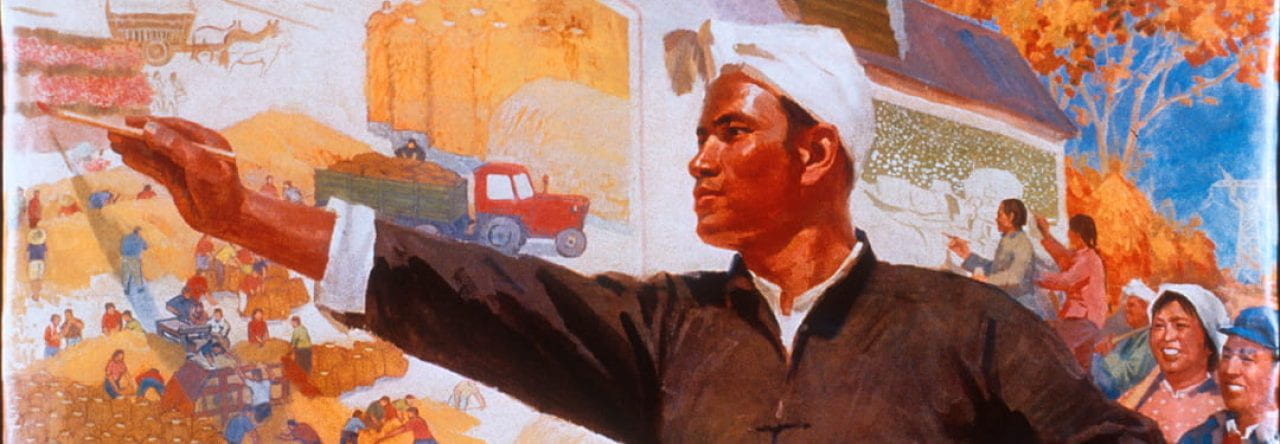In English, this work reads ‘She lived happily on this earth for seven years’. In 2009, it was installed on the facade of Haus der Kunst in Munich, a museum hosting an exhibition of Ai Weiwei’s work, titled So Sorry. Ai was permitted to install this work, which required nine thousand backpacks colored to match the shades of red, yellow and blue used in the Toys ‘R’ Us logo. With this piece, Ai was paying tribute to the countless thousands of children who died in the Sichuan earthquake of May 12, 2008. In total, 70,000 died. So many were children due to poorly constructed school buildings built by the government. In this piece, I believe Ai Weiwei is not commenting on the tragedy as much as the censorship, secrets and lies perpetuated by the Chinese government. Ai values transparency and believes the public deserves information. He resented that lives were being forgotten due to the government’s desire to control public awareness of their failure. Ai embarked on a project to collect the names of these lost people, and made a documentary of this process titled Hua Lian Ba Er. In the documentary, he phones an agent working for the Sichuan Post-Quake Reconstruction office, asking for the most recent death toll. The agent replies that the death toll is a secret, and asks if Ai is really an American spy. Ai decides to put together a team to collect names themselves. Together, they found 5,212 names and birthdays, all of which were posted on Ai’s blog exactly a year after the tragedy. Immediately, authorities shut down his blog and his home was put under surveillance. Ai’s work lies in forming ideas and designs, and he hires a team to do all the physical executing. One member described their work in this role as being co-workers on a project, rather than hired help to Ai. This philosophy reminds me of the core principles of communism and equality valued in the Chinese people. To me, Ai does not make his work out of contempt for the Chinese government, but rather out of love for China and desire for positive change.

Ai Weiwei, Remembering, backpacks and metal armature, 2009. Image from publicdelivery.org.
Bibliography
“Ai Weiwei: The Sichuan earthquake & 9000 children’s backpacks.” Public Delivery. Last modified March 23, 2022. https://publicdelivery.org/ai-weiwei-remembering-haus-der-kunst-muenchen-2009/
Klayman, Alison, director. Ai Weiwei: Never Sorry. Feltrinelli, 2013. 1 hour 31 minutes. https://www.youtube.com/watch?v=6tlqnTEYJ00
Weiwei, Ai. “Ai Weiwei: The artwork that made me the most dangerous person in China.” The Guardian. February 15, 2018. https://www.theguardian.com/artanddesign/2018/feb/15/ai-weiwei-remembering-sichuan-earthquake


Avery Clavel
I thought this installation was a beautiful piece as it was meant to remember the lives of lost children. The take that this artwork was made to inspire love and change for China, rather than out of contempt for the Chinese government is what struck me initially. Looking at the work I analyzed by Li Keran, Ten Thousand Crimson Hills, I now want to continue to look deeper behind Li’s choice of portraying China’s natural landscapes in a beautiful way, and the decision to add the “communist red”. I would like to explore the idea of if Li’s beautiful landscape paintings acting as a distraction to the failures of the Chinese government or if they are truly trying to illustrate one of China’s main beauties.